SACO — Each summer, Bob and Rose Marie Gobeil become more than a couple wedded for nearly half a century. Watch them in action, and they resemble a synchronized team much like a tennis doubles pair or a pitcher and catcher.
Except the Gobeils chase butterflies.
And, mind you, the work of finding, photographing and identifying butterflies for the state does not come easy.
For the past seven years the Saco couple has volunteered hundreds of hours each summer for the Maine Butterfly Survey study, going beyond what most citizen scientists offer.
Since the Gobeils began documenting butterfly species in 2007, they’ve taken the task to a devoted level. They go out two to three days a week for several hours at a time and record all the butterfly species they can find and correctly identify. After the butterfly season ends, they use their data to write reports for academic newsletters – helping to document Maine’s butterfly species, one skipper and duskywing at a time.
“You’d have to be passionate to walk in the woods and fields, to go where there are ticks,” Bob says with as smile.
Bob looks for the big ones. Rose Marie scans for the smaller butterflies.
Bob pursues the insects with his big butterfly net. Rose Marie photographs the ones he catches.
Bob records the species. Rose Marie sews the nets he rips.
In 2013, more than 3,000 records were submitted by 120 volunteers from across the state, said Beth Swartz, a state wildlife biologist with the state’s reptile, amphibian and invertebrate study group in Bangor.
Collectively, the data submitted by volunteers paints a clearer picture of the distribution, flight patterns, habitat relationships and general status of Maine’s butterfly populations, Swartz said.
But few go at it like the Gobeils.
“They are pretty unique,” Swartz said. “The contributions of Bob and Rose Marie Gobeil really are noteworthy.”
Not only has the husband-wife team donated hundreds of hours to document butterfly species in Maine, their articles in the Maine Butterfly Survey newsletter and in The Maine Entomologist Society newsletter inspire others, Swartz said.
The Gobeils created the visitor guide butterfly checklist for the Steve Powell Wildlife Management Area on Swan Island in the Kennebec River. They also started a website, www.mainebutterflies.com.
They have surveyed 50 sites around southern Maine. And just for the record, butterfly surveying is not easy.
Last week they walked through Hiram in shoulder-high grass, Bob said.
“You don’t chase them because after five minutes, you’ll be exhausted and have to go home,” he said.
A former biology professor at St. Francis College (the predecessor of the University of New England) in Biddeford, Bob began studying butterflies as child in Biddeford. Now, 71, he said the populations have gone down, and he wants to do what he can to help.
“Fifty years ago I’d see 70 to 80 American copper in a day. Now we might see three or four,” Bob said.
Rose Marie tells the story of how Bob tried in vain to catch one near their camp in Sabattus, only to notice he had a hole in his net after netting a pole. She had them stop at a convenience store to buy a small sewing kit and she put them back in business without delay.
As Bob watches a couple of butterfly survey neophytes flail around in pursuit of an Aphrodite fritillary, he smiles and laughs out loud.
Butterflies do not fly straight. And in their dipsy-twirling flight path, the insects seem to mock their pursuers.
“Most people think you come into a field and you see beautiful monarchs. What we’re mostly dealing with are small species,” Bob said.
Rose Marie perseveres. She loves her job on Team Gobeil as chief photographer. She creeps near a banded hairstreak and successfully captures the brilliant wing colors the Gobeils later post on their website.
Rose Marie is newer to the butterfly survey work than her husband, but just as passionate.
“He takes me to all these places with high grass and bugs, a lot of thorny places. You have to be OK with bugs to do this,” Rose Marie, 67, said with a wink. “We liked hiking before. Now we hike but look for butterflies. It’s good exercise. The outdoors binds us.”
Send questions/comments to the editors.


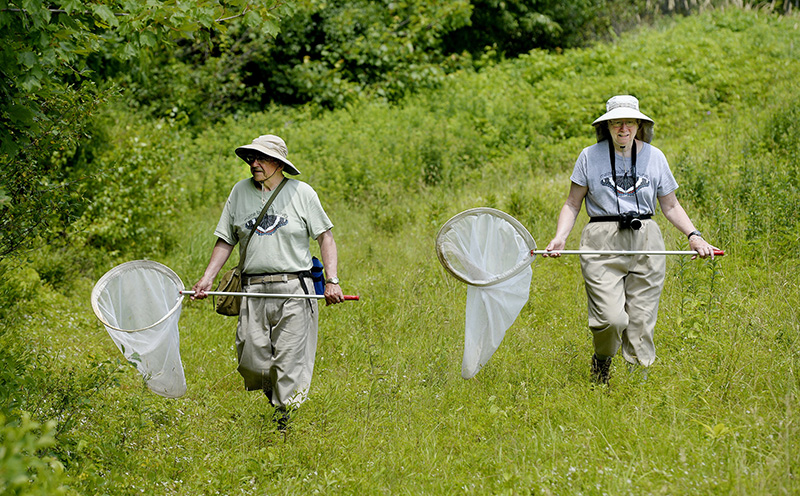
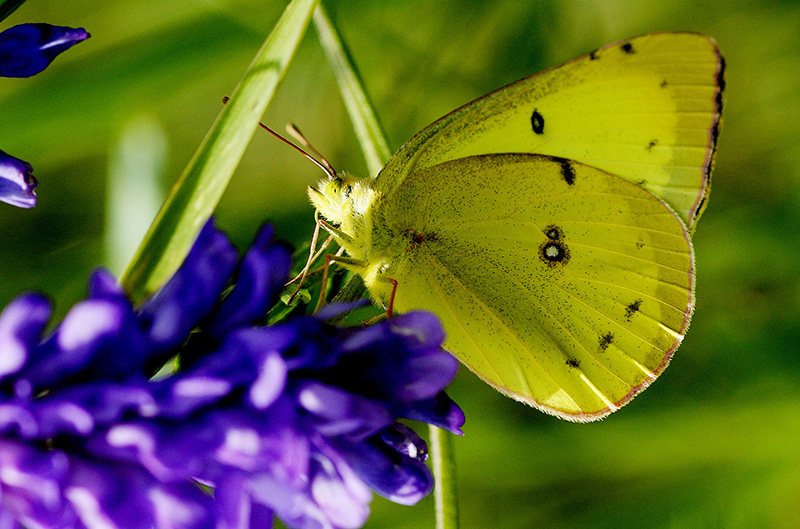
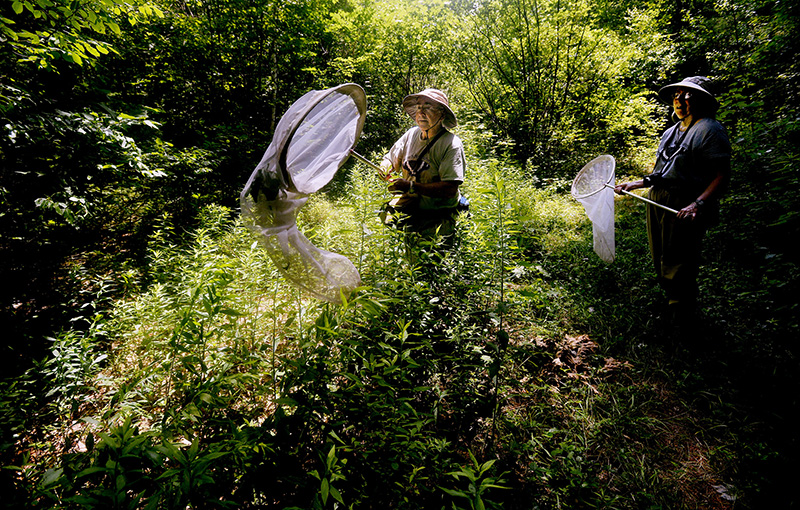
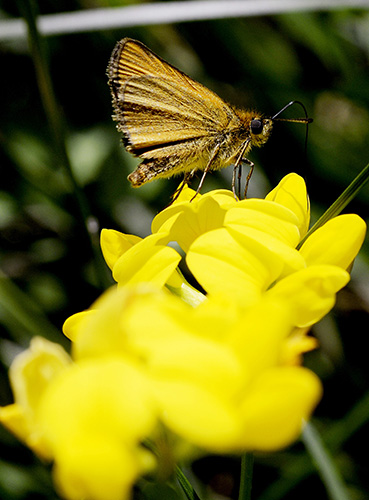
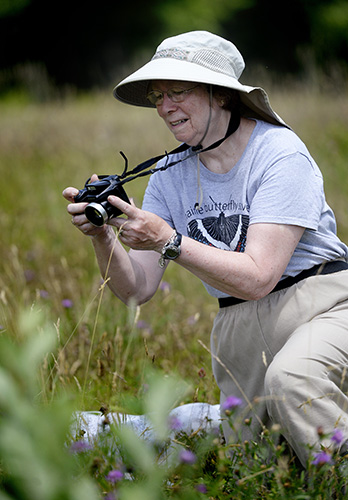
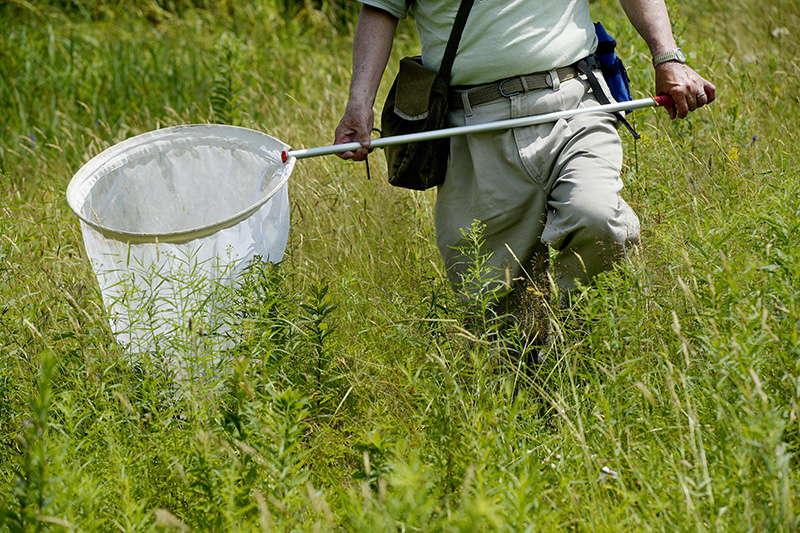
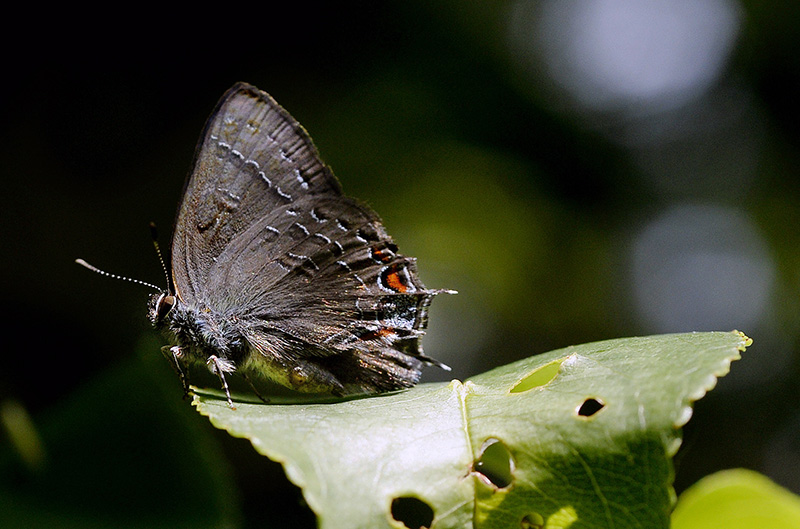
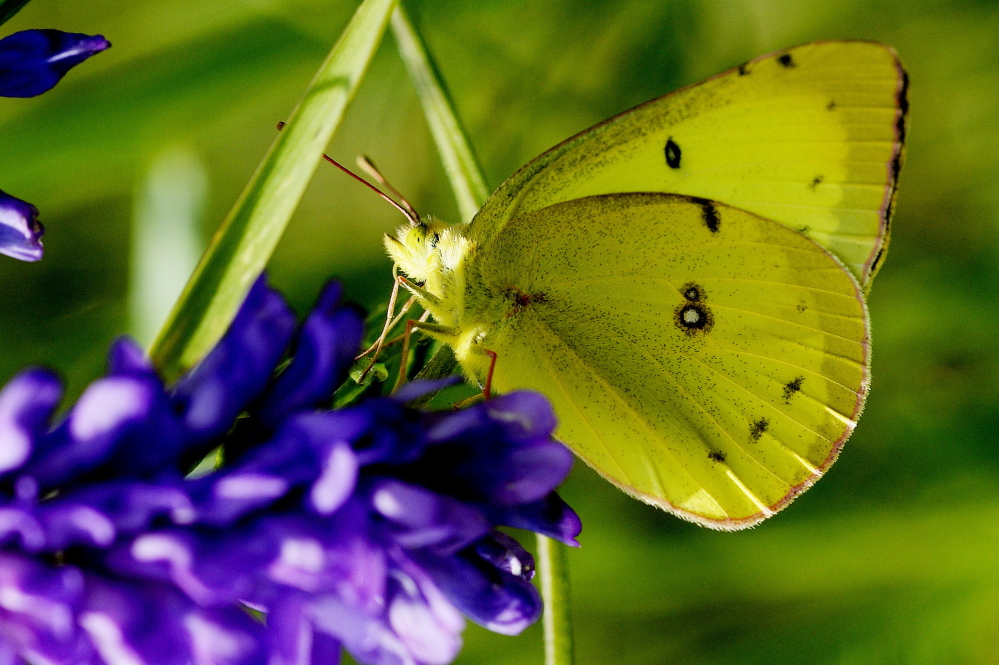

Success. Please wait for the page to reload. If the page does not reload within 5 seconds, please refresh the page.
Enter your email and password to access comments.
Hi, to comment on stories you must . This profile is in addition to your subscription and website login.
Already have a commenting profile? .
Invalid username/password.
Please check your email to confirm and complete your registration.
Only subscribers are eligible to post comments. Please subscribe or login first for digital access. Here’s why.
Use the form below to reset your password. When you've submitted your account email, we will send an email with a reset code.